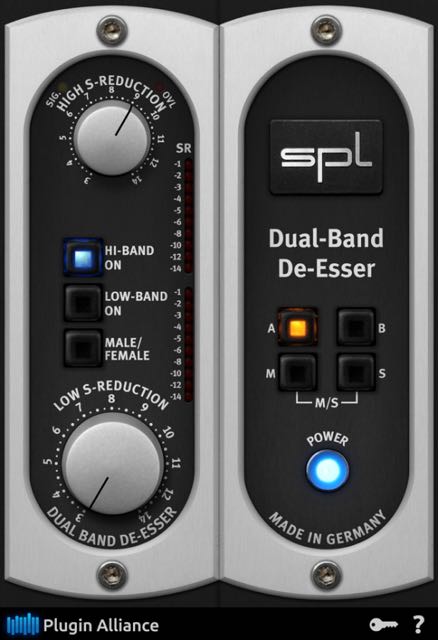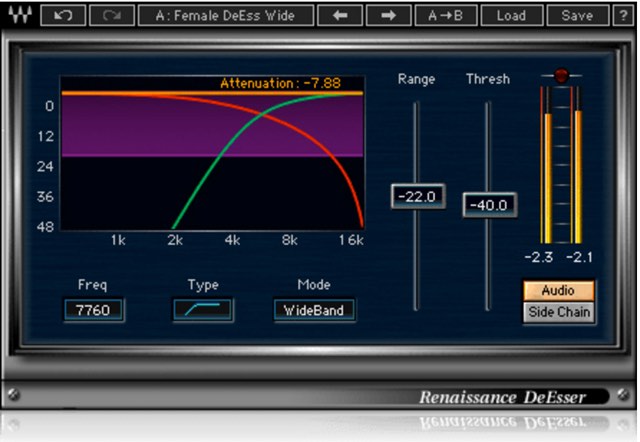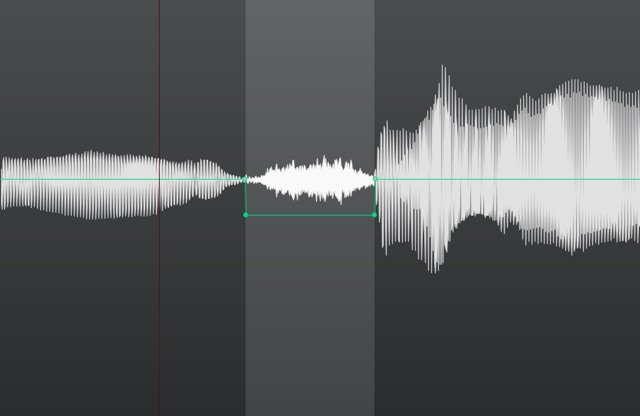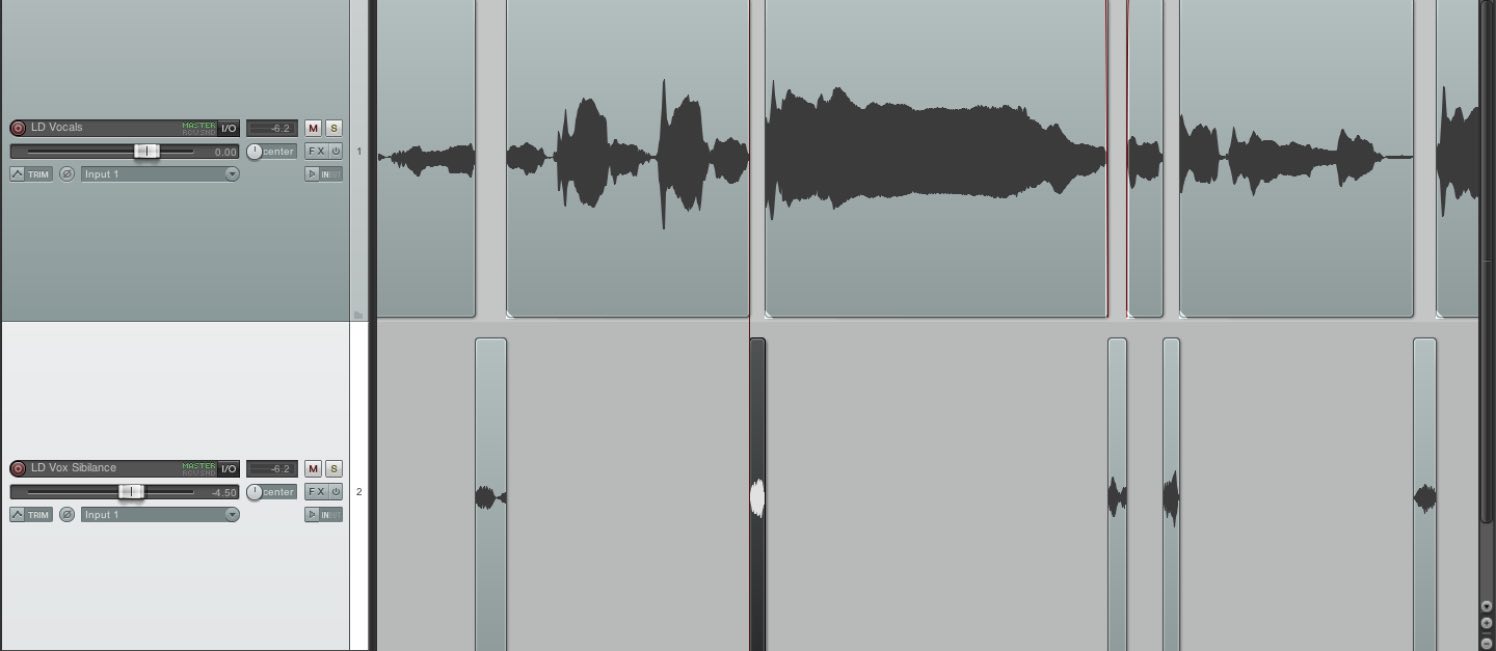SICK OF BANDS COMING TO RECORD UNPREPARED? WE’VE GOT YOUR SOLUTION.
– By Joey Sturgis
Nothing makes a session suck worse than when you’re planning on producing great material with a band that’s just not ready to record in any way, shape or form. They book enough time for a 10 song album, but arrive with 1 song and 5 riffs written… and they can barely play those 5 riffs!
There are plenty of reasons for this disconnect:
- Inexperience
- Lack of practice
- Too many distractions
- Laziness
- Lack of discipline
- The list goes on and on…
Band members run into enough stress in their careers between label demands and touring, or day jobs and family life. Many see the studio as a getaway from the day-to-day.
So what can you do as an engineer/producer to keep the session moving in the right direction?
[clickfunnels_clickpop exit=”true” id=”5j5usoiqwzl4doja” subdomain=”unstoppablerecordingmachine”] [/clickfunnels_clickpop]
[/clickfunnels_clickpop]
Be Malleable in Your Process
You need to be flexible with your workflow above all else. No two bands are the same. It stands to reason that no two recording sessions will be the same either. Even if a band fits a certain style, you’re going to take different approaches in tracking that coax the best performance out of the musician.
Here are a few of my favorite ways to switch things up:
Record Vocals on Day 1
Too often vocals are saved for last. When a vocalist walks into the vocal booth after weeks of tracking other instruments, it can be overwhelming. You might be throwing your vocalist’s performance under the bus by not including him sooner.
Whether or not you choose to keep the Day 1 vocals at the end of tracking is up to you. These vocals aren’t necessarily made for the final mix. They’re captured for the sake of inspiration.
Your singer will feel more included in the overall process by being included from the get-go. The rest of the band will have, at minimum, a reference vocal to help them dial in the groove of a song. Hard drive space is cheap. Capture everything and you might be pleasantly surprised when those Day 1 vocals were exactly what your mix needs.
No Demos? Make Them
You’re going to make me say it twice: Hard drive space is cheap.
If the band doesn’t have a demo or rough track when they’re walking into the studio, make one. It can be a microphone or two in a room with the band. It doesn’t have to sound amazing, and the performance doesn’t have to be perfect.
The point is to capture a “rough draft” of what the song should sound like. Without one, you don’t have anything to fall back on when the bassist suddenly forgets his transition leading into the bridge. Throughout recording, things can change. Parts get added and cut to make the song work. The demo provides a starting point, a reference for where the song originated.
Speaking of changing parts…
Record The Drums Last
If the band hasn’t finalized a song down to the last note, you’ve got little to lose by trying this approach. The benefit to recording drums last is that the band has a chance to iron out any in-studio changes beforehand.
Feel free to start off with a scratch drum track when trying this approach. Some musicians just can’t find the groove with a click track but can do wonders with a basic drum pattern. Have the drummer leave space for the others to find their sound.
Then, once everyone’s happy with their parts, have the drummer play through. They’ll benefit from having full instrumentation in their headphones, and they’ll be able to confidently play fills/complex sections with less fluctuation between takes because of it.
Best Practices for Tracking an Unprepared Band
Maybe you’re not ready to mess with your workflow to try out the techniques we’ve talked about so far. Don’t worry, every single engineer (and band) can take advantage of these last two helpful techniques:
Record with a DI Whenever Possible
We preach this approach whenever possible, but it’s because it works! Live amps are noisy, inconsistent, and often compressed/overdriven to the point where editing in your DAW after tracking can be a monumental nightmare.
Don’t rely on a band’s gear when it comes to the quality of your session. A band just starting out may not have the best equipment to begin with. Couple that with the limitations mentioned above, and you’ll quickly see how the guitarist’s tone issues become your issues.
Instead, invest in a good DI so that you can track the clean signal of guitars & basses. Having that DI signal provides you with a quick way to punch in and out without having to worry about cutting off the sustain and room tone of a miced up amplifier.
You can run your amp alongside the DI, or reamp later. You could also use an amp simulator if the guitarist is cool with trying out some new sounds (heads up, they usually are – we’re all dirty gear sluts at heart). The point is to have that clean signal as the least common denominator, giving you a fallback to use later if the performance was good but the sound needs adjusting.
[clickfunnels_clickpop exit=”true” id=”5j5usoiqwzl4doja” subdomain=”unstoppablerecordingmachine”] [/clickfunnels_clickpop]
[/clickfunnels_clickpop]
Practice Between Sessions
This rule is the absolute easiest way to get an unprepared band up to snuff without having to overhaul your workflow.
Give your bands homework. Be crystal clear with them – this is your job. You take it seriously. Their job is to know their part. Make sure they feel a sense of pride in what they’re doing and they’ll practice when you tell them to. Better yet, they’ll want to do it.
This step is just as much about psychology as it is about the need for rehearsal. By having band members take ownership of their part, they become the biggest advocate for its success. The more you get into the habit of having this conversation with clients, the easier it becomes to have.
At it’s most basic level, you need to ask the question: “Do you feel confident enough in your playing on this song that no one else could play your part better?” If there are any doubts, the seed has been planted and you can bet they’ll find time to practice.
Time to Get Prepared
Feel ready to give some of these a try? Excellent.
Remember, even the most unprepared band can be turned into a successful session if you find the obstacle they’re facing and remove it. Once you find a transparent and honest way to communicate with your artists, creativity will soar (taking your end product’s quality with it).
Have a story to share where you were able (or unable) to turn an unprepared band’s session around? Add it to the comments section below!
For more awesome tips on becoming a better producer, head on over to the URM Academy blog and subscribe to our podcast or [clickfunnels_clickpop exit=”true” id=”5j5usoiqwzl4doja” subdomain=”unstoppablerecordingmachine”]join our mailing list[/clickfunnels_clickpop].
 Nail The Mix is our online mixing school that gives you REAL multi-tracks from REAL bands, plus a mixing class from the producer who recorded it. Past guests include Periphery, Chelsea Grin, Machine Head and State Champs. Join now for instant access!
Nail The Mix is our online mixing school that gives you REAL multi-tracks from REAL bands, plus a mixing class from the producer who recorded it. Past guests include Periphery, Chelsea Grin, Machine Head and State Champs. Join now for instant access!

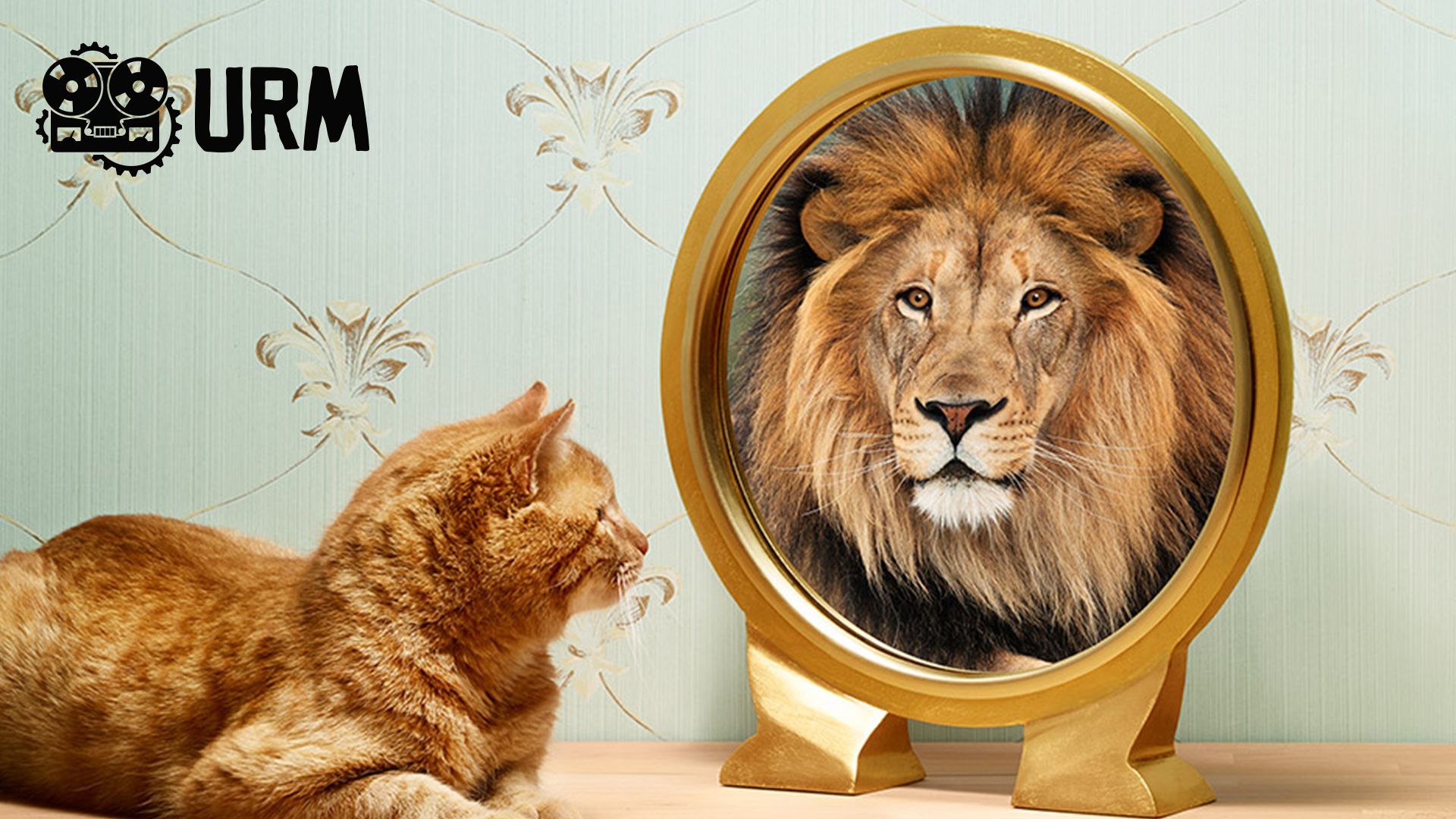


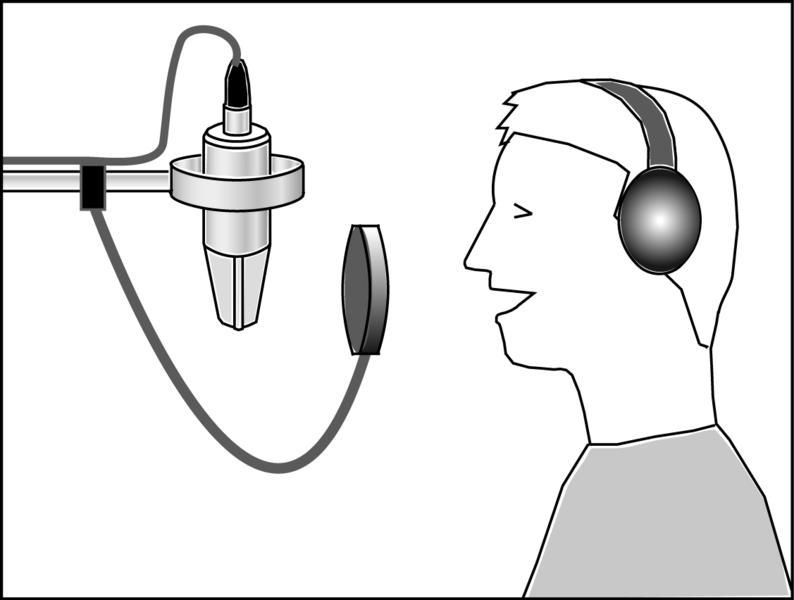 Vocalist singing around two fists (8 inches) away from a condenser microphone.
Vocalist singing around two fists (8 inches) away from a condenser microphone.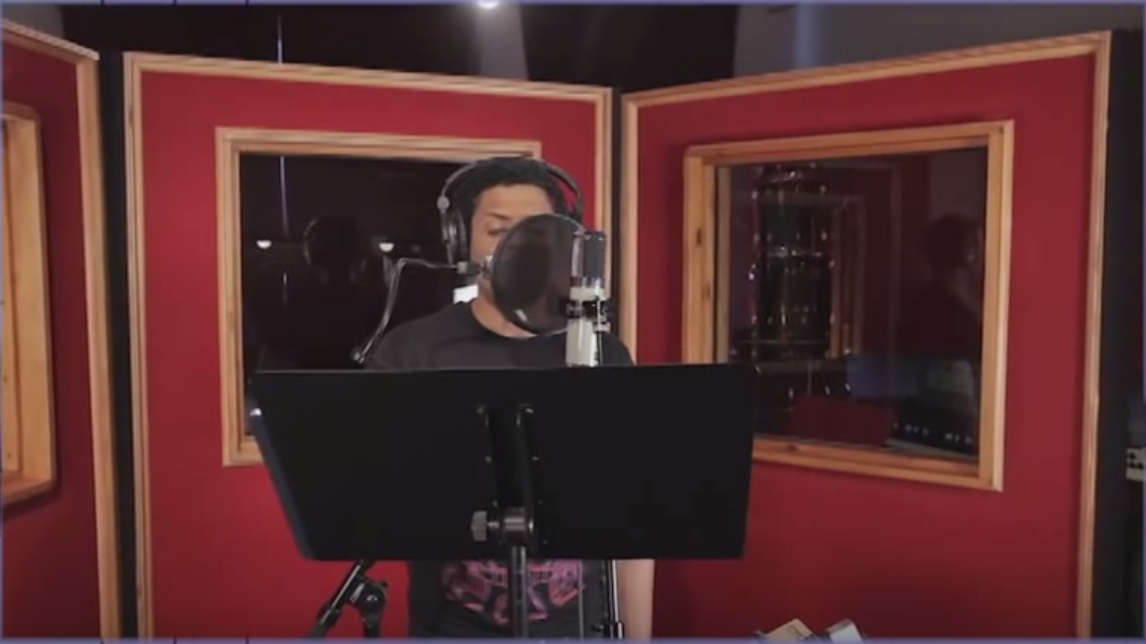
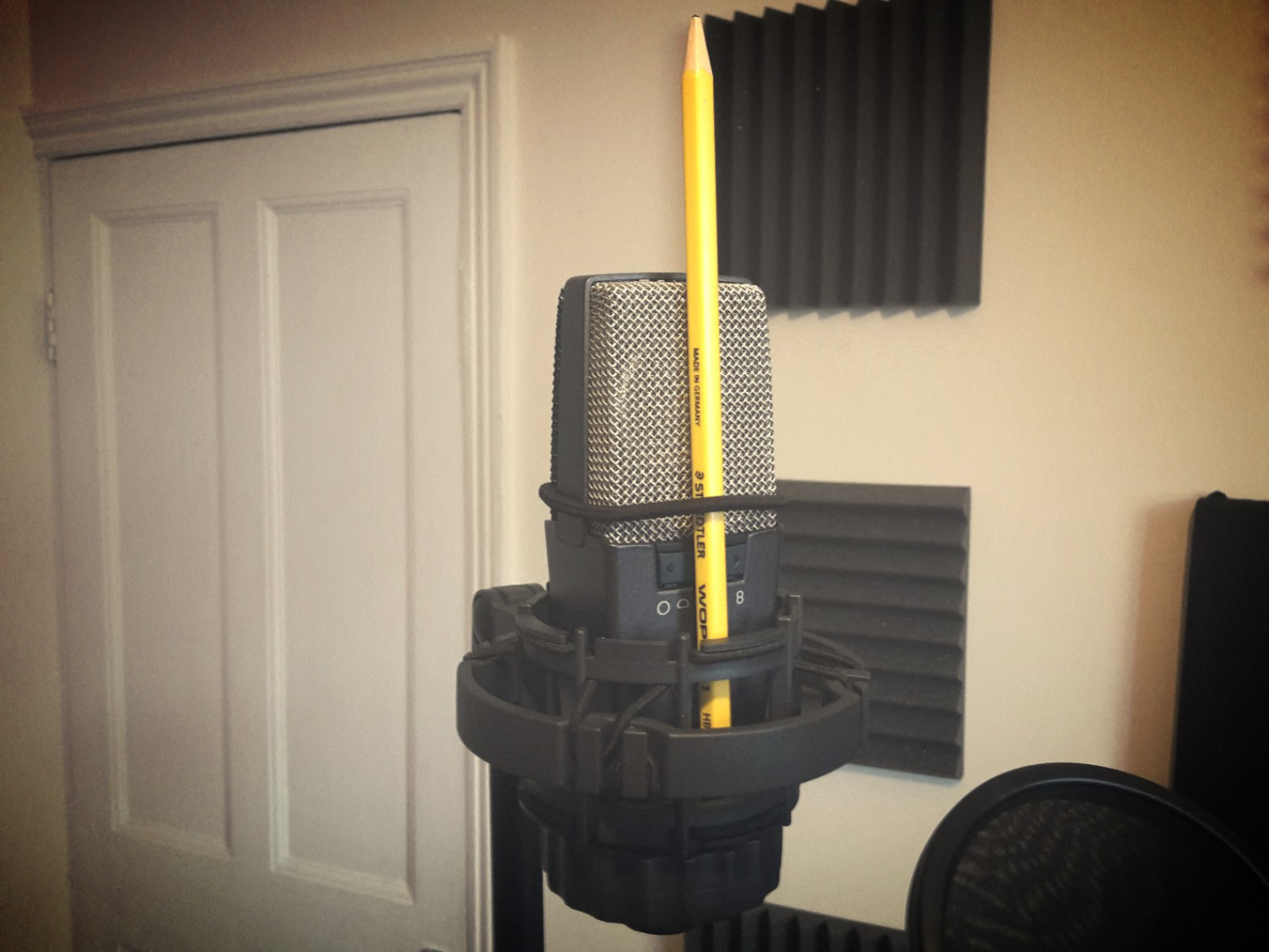 The Pencil Trick on an AKG c414
The Pencil Trick on an AKG c414